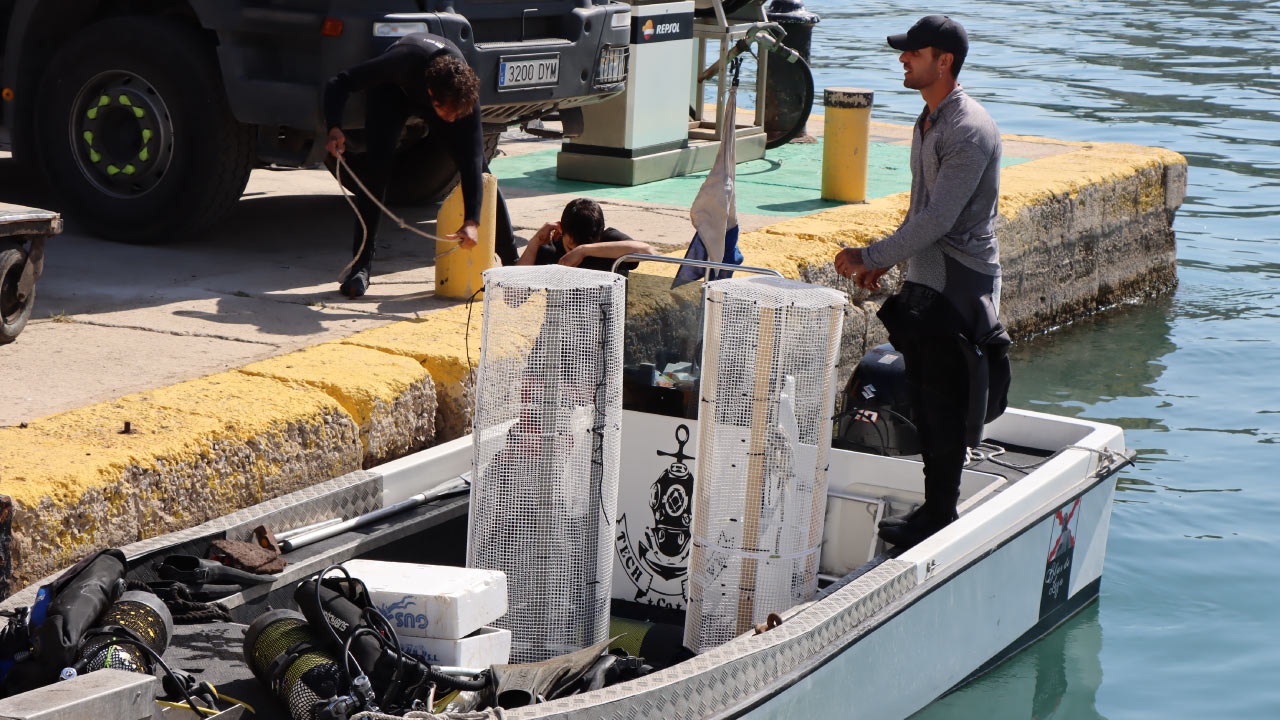
Climate change is reshaping the distribution of suitable habitats for mussel aquaculture in the Mediterranean and along Europe’s Atlantic coast. Studies predict that optimal mussel farming areas will shift towards higher latitudes due to rising sea temperatuers and changes in salinity. The temperature of seawater plays a crucial role in the growth and reproduction of mussels, and as waters warm, conditions in traditionally productive regions such as the Mediterranean and southwestern Europe may exceed the species’ physiological thresholds, reducing their viability.
Among the six mussel species farmed worldwide, Mytilus galloprovincialis-commonly known as the Mediterranean mussel-is expected to experience a significant reduction in suitable habitats across the Mediterranean and Black Sea.
This could have a major impact on key producing countries such as Spain, France, Italy, and Greece. While some areas in the northern Aegean Sea are likely to remain stable, traditionally productive regions like southern Italy and Greece may become less favourable for aquaculture.
Predictive models also indicate that, in addition to rising temperatures, some regions will experience shifts in salinity and a decline in food availability, both of which could negatively affect mussel growth and survival rates. Conversely, the cooler and more stable waters of the North Atlantic are expected to become increasingly suitable for mussel farming, creating opportunities for expansion in Scotland and Denmark, where the study projects a gain in suitable habitats.
Across Europe’s Atlantic coastline, studies highlight a loss of habitat in northern Portugal, northern Spain, and southwestern France, although it does not specify the direct impact on production. Suitable habitats for Mytilus galloprovincialis are expected to shift toward higher latitudes, with new potential farming areas emerging in Scotland and Denmark.
By 2050, these changes are projected to unfold under a high-emission scenario. Scientists stress the urgent need to better understand how mussel habitats are shifting in order to strengthen the industry’s adaptive capacity and ensure the continuity of production in the coming decades.


